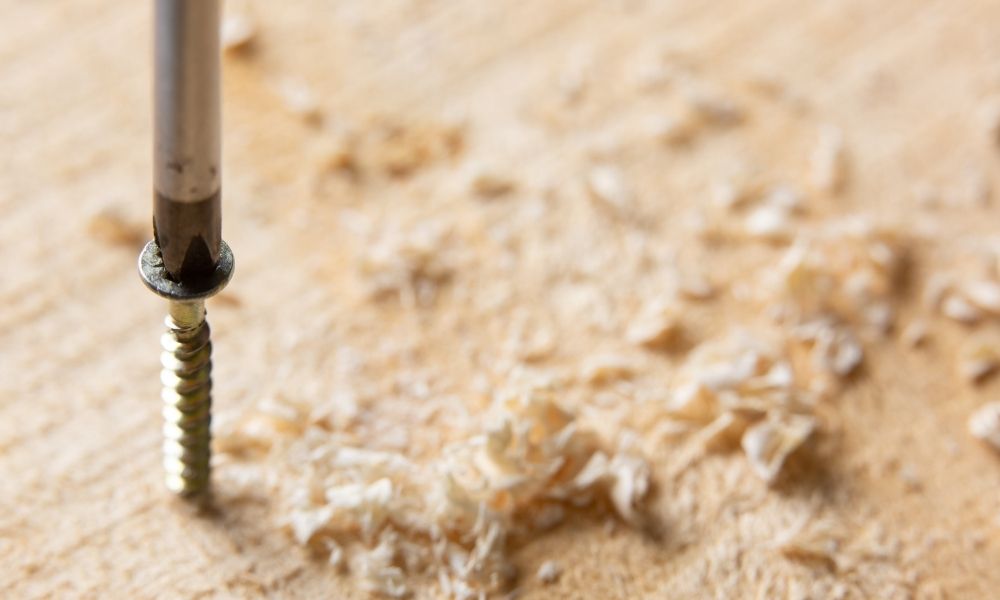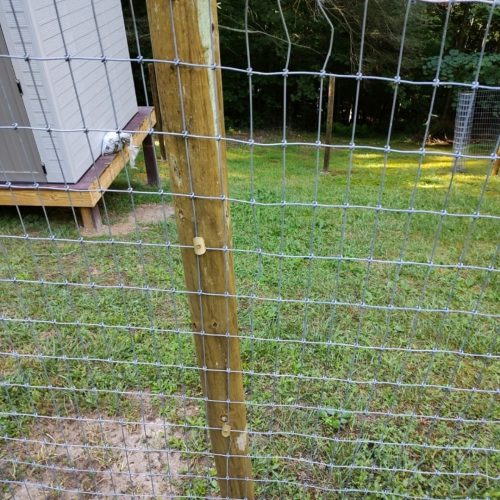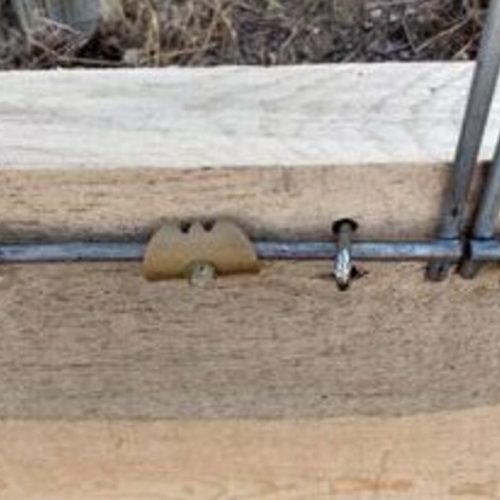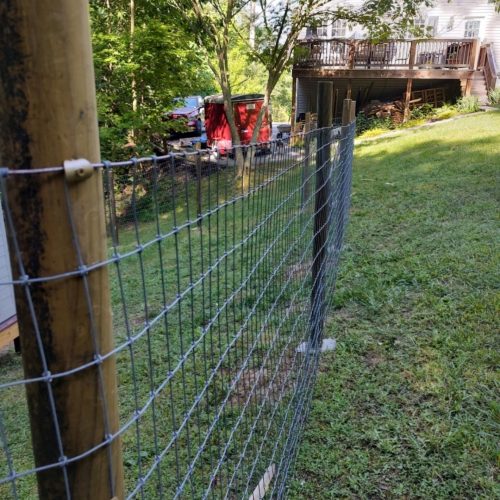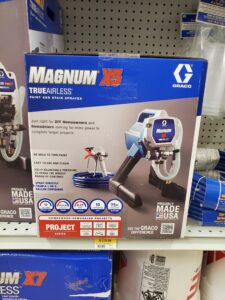
Painting a fence can be a time-consuming and labor-intensive task. However, with the right tools and techniques, you can transform this chore into an enjoyable and efficient project. In this blog post, we’ll explore how paint sprayers can revolutionize your fence painting endeavors, offer you expert advice on choosing the best paint sprayer for fences, give you helpful fence painting tips, and information on maintaining your equipment for optimal results. Let’s dive in!
Choosing the Right Paint Sprayer for Fence Projects
When it comes to selecting the best paint sprayer for fences, there are two main types to consider: the Airless paint sprayer and the HVLP paint sprayer. Both offer unique advantages and are suited for different fence refinishing techniques.
Airless paint sprayers use high pressure to atomize paint, creating a smooth and even finish. This type of sprayer is ideal for large fence painting projects as it can cover vast surfaces quickly and efficiently. Airless sprayers also work well with a variety of paint types, including thicker protective coatings for fences.
HVLP (High Volume, Low Pressure) paint sprayers, on the other hand, use a low-pressure air stream to atomize paint. These sprayers are perfect for detail-oriented fence painting tasks, as they provide better control and minimize paint overspray. HVLP sprayers are best suited for thinner paint materials and smaller fence painting projects.
To choose the right paint sprayer for your fence project, consider factors such as the size of the area to be painted, the type of paint being used, and your desired level of control and precision.
Efficient Fence Painting: Tips for Using Paint Sprayers
Achieving a professional-quality finish with a paint sprayer requires some practice and preparation. Here are some essential fence painting tips to ensure your project goes smoothly:
- Prep the area: Before you begin, clear the area around your fence of any debris or obstacles. This will make it easier to maneuver your paint sprayer and achieve an even coat. Don’t forget to cover nearby plants or structures to protect them from paint overspray.
- Prime the surface: For optimal adhesion and longevity, apply a high-quality primer to your fence before painting. This will also help to create a uniform surface, ensuring that the final paint job looks consistent and professional.
- Test your paint sprayer: Before starting, practice using your paint sprayer on a scrap piece of wood or cardboard. This will help you become familiar with the spray pattern, flow rate, and pressure settings, allowing you to adjust as needed.
- Paint in even strokes: When using your paint sprayer, maintain a consistent distance from the fence and use smooth, overlapping strokes. This will help to create a uniform finish without streaks or patches.
- Safety first: Remember to wear appropriate fence painting safety gear, such as goggles, a respirator, and gloves. This will protect you from eye damage, paint fumes, and potential skin irritation.
By following these tips, you’ll be well on your way to achieving a beautiful and efficient fence painting result.
Maintaining Your Paint Sprayer for Optimal Fence Painting Results
To keep your paint sprayer in top working condition, it’s essential to perform regular paint sprayer maintenance. Proper care and upkeep will ensure that your equipment continues to deliver optimal performance, ultimately resulting in better fence refinishing outcomes. Here are some maintenance tips to keep your paint sprayer in peak condition:
- Clean after each use: To prevent paint buildup and clogging, thoroughly clean your paint sprayer after each use. Follow the manufacturer’s guidelines for disassembly, cleaning, and reassembly. Use the recommended cleaning solution for your specific type of paint.
- Inspect and replace worn parts: Regularly inspect your paint sprayer for signs of wear and tear. Replace any damaged or worn components, such as filters, tips, and seals, to maintain optimal performance.
- Lubricate moving parts: Keep your paint sprayer’s moving parts lubricated according to the manufacturer’s instructions. This will reduce friction and prolong the life of your equipment.
- Store properly: When not in use, store your paint sprayer in a cool, dry place to prevent rust and other damage. Ensure that all components are clean and dry before storing.
By taking the time to properly maintain your paint sprayer, you’ll enjoy more efficient and effective fence painting results.
Advantages of Using Paint Sprayers for Fence Refinishing
There are several key benefits to using paint sprayers for fence refinishing projects. Some of these advantages include:
- Efficiency: Paint sprayers are significantly faster than traditional brush or roller methods, allowing you to complete your fence painting project in a fraction of the time.
- Uniform coverage: With a paint sprayer, you can achieve a smooth, even finish without brush marks or roller lines. This professional-quality result can enhance the overall appearance of your fence.
- Reduced waste: Paint sprayers are more precise, resulting in less paint waste and overspray. This not only saves money on paint but also reduces the environmental impact of your project.
- Versatility: Paint sprayers can be used with a wide range of paint types and protective coatings for fences, making them suitable for various fence refinishing techniques.
It’s time to “spray it, don’t say it,” and unleash the power of paint sprayers on your next fence project!
If you have more questions on your mind, we at Cat’s Claw Fasteners are here to help! Please forward your queries to our Head Cat Collector, Chava, at chava@catsclawfasteners.com. Be sure to explore our other blog posts and stay connected with us on Facebook, Instagram, Pinterest, and Youtube!
Read Next: The Best Plants To Grow on Your Fence Line



